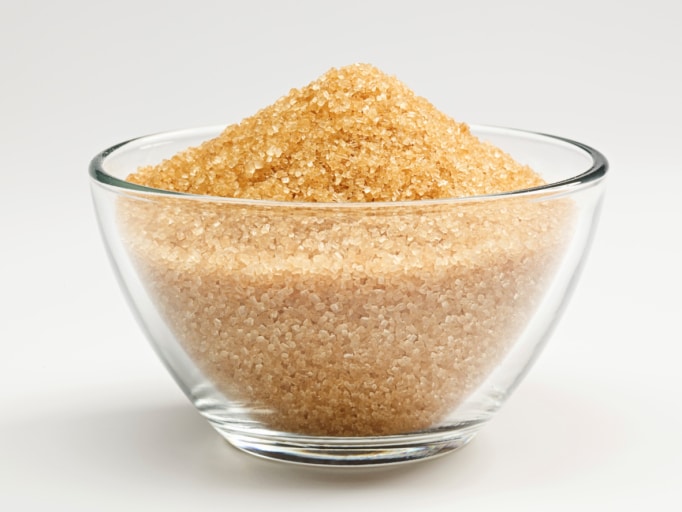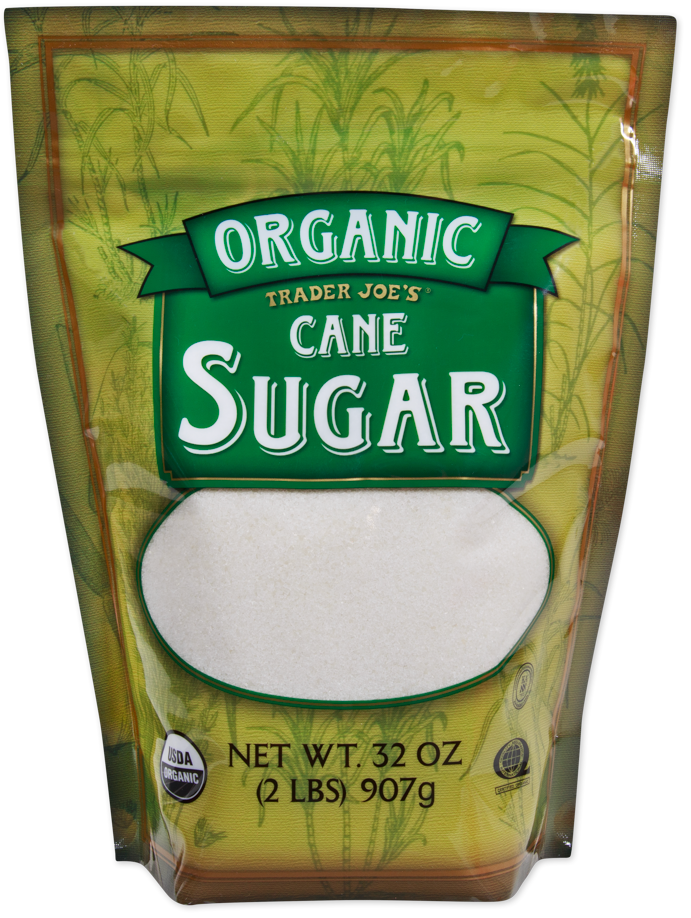The Science Behind Cane Sugar Processing: Exactly How Sweet Taste is Improved
A Comprehensive Overview to the Environmental Impact and Sustainability Practices in Walking Stick Sugar Handling
The environmental influence of cane sugar handling provides a complex variety of challenges that warrant careful exam. From dirt deterioration and too much water usage to the carbon footprint connected with growing and manufacturing, the consequences of traditional practices are far-ranging. What details practices can be implemented to strike an equilibrium between efficiency and ecological stewardship?
Review of Walking Cane Sugar Processing
Walking cane sugar processing includes a series of methodical actions that transform sugarcane into refined sugar. Initially, collected sugarcane is transported to refining facilities, where it undergoes cleansing to get rid of soil and particles. Following this, the walking cane is squashed to draw out juice, which is after that cleared up by eliminating impurities with heating and the enhancement of lime.
The clarified juice undergoes dissipation, where water is gotten rid of to concentrate the sugar material. These crystals are divided from the remaining syrup making use of centrifugation, resulting in raw sugar.
The final product is then dried and packaged for distribution. Throughout this whole process, maintaining performance and quality control is vital to ensure the sugar fulfills sector standards. Each action in cane sugar handling not just adds to the last item but additionally has ramifications for resource use and waste generation, establishing the stage for discussions on sustainability and environmental influences connected with sugar production.
Environmental Difficulties of Manufacturing
The production of walking stick sugar provides several significant ecological challenges that warrant focus. One primary issue is the substantial use of agrochemicals, including plant foods and chemicals, which can cause dirt deterioration, biodiversity loss, and contamination of regional water resources. The drainage from sugarcane areas commonly brings these chemicals right into neighboring ecosystems, interrupting water life and influencing the health of areas reliant on these water bodies.
An additional difficulty is the high power intake connected with sugarcane handling. The boiling and refining stages require substantial heat, primarily produced by burning nonrenewable fuel sources, adding to greenhouse gas emissions. In addition, the large acreage needed for sugarcane farming can result in logging and environment devastation, further intensifying environment modification and threatening wildlife.
Additionally, the labor techniques in some regions elevate moral worries, as workers might deal with poor working problems and insufficient incomes. This situation commonly bolsters a cycle of hardship in neighborhood areas. Cane Sugar Processing. Dealing with these ecological challenges is vital for creating a lot more lasting techniques in walking stick sugar manufacturing, eventually profiting both the atmosphere and the communities associated with this industry
Water and Land Usage Impact
Water sources and land usage are important elements in the walking cane sugar industry that substantially influence the atmosphere. The growing of sugarcane needs substantial water input, with quotes suggesting that it can consume approximately 2,000 litres of water per kg of sugar produced. This extensive use water often leads to deficiency of local water resources, impacting not only the sugarcane plantations yet additionally surrounding communities and communities that rely upon the same water sources for farming and residential usage.

Additionally, land use for sugarcane farming can lead to deforestation and the conversion of natural environments into monoculture haciendas. This practice diminishes biodiversity, interrupts neighborhood communities, and adds to soil destruction. The expansion of sugarcane fields often encroaches on valuable agricultural land, developing competitors for sources between food and biofuel production.
Sustainable techniques, such as enhancing watering methods and carrying out crop rotation, are important to alleviate these influences. By adopting extra reliable water use and land administration strategies, the cane sugar market can lower its eco-friendly impact, making certain a balance in between agricultural efficiency and ecological conservation.
Greenhouse Gas Emissions
Greenhouse gas exhausts stand for a significant environmental worry within the walking stick sugar handling sector, particularly as agricultural practices broaden to fulfill international demand. The growing of sugarcane, a crop that thrives in tropical environments, depends greatly on synthetic plant foods and chemicals, which add to laughing gas discharges. Furthermore, check here land-use modifications, consisting of logging for new sugarcane ranches, launch co2 stored in plants and soil.
Throughout helpful resources processing, power intake is an additional major source of greenhouse gas discharges - Cane Sugar Processing. Lots of sugar mills use fossil fuels to power machinery and produce warmth, causing considerable carbon footprints. Additionally, the transportation of raw sugarcane and finished items adds layers of exhausts through gas combustion in vehicles
This includes examining existing farming practices, processing approaches, and transport systems to determine areas for renovation and reduction. Attending to greenhouse gas exhausts is necessary for promoting an extra sustainable cane sugar market in a transforming environment.

Lasting Practices and Innovations
Sustainable techniques and innovations are increasingly important in the walking stick sugar processing industry as stakeholders look for to decrease environmental influences while keeping efficiency. One significant improvement is the application of integrated crop monitoring, which maximizes resource usage by incorporating soil administration, insect control, and plant turning methods. This method enhances yield while minimizing chemical inputs and protecting dirt health and wellness.
Furthermore, the fostering of sustainable energy resources, such as biomass from sugarcane deposits, has obtained traction - Cane Sugar Processing. By transforming waste items right into energy, refining centers can lower their dependence on nonrenewable fuel sources, thereby lowering greenhouse gas emissions
Water monitoring methods have actually additionally seen renovations through the recycling and reusing of water in processing plants, substantially decreasing freshwater intake. Advancements in modern technology, such as accuracy agriculture, allow farmers to keep track of crop health and resource usage extra efficiently, making sure sustainable farming practices.
In addition, qualification programs like Fair Profession and Jungle Alliance urge environmentally accountable farming techniques and advertise social equity within the supply chain. By welcoming these sustainable methods and developments, the walking stick sugar handling industry can enhance its strength and add positively to More Info ecological stewardship.
Final Thought
The ecological influence of walking stick sugar handling provides substantial obstacles, including soil deterioration, high water usage, and greenhouse gas emissions, along with ethical concerns associated with labor practices. Addressing these issues through sustainable techniques, such as integrated crop monitoring, renewable resource fostering, and water recycling, is crucial. By advertising ecologically accountable and socially fair approaches in sugar manufacturing, the sector can minimize its unfavorable impacts, making sure a much more sustainable future for both ecological communities and areas associated with this field.
Cane sugar processing involves a collection of methodical actions that transform sugarcane right into refined sugar. Each action in walking stick sugar processing not just adds to the final item but additionally has ramifications for resource use and waste generation, setting the stage for discussions on sustainability and ecological influences linked with sugar manufacturing.
Greenhouse gas discharges stand for a considerable environmental concern within the walking cane sugar processing industry, particularly as agricultural methods expand to fulfill international demand.Lasting techniques and developments are increasingly vital in the walking cane sugar processing industry as stakeholders look for to reduce ecological impacts while keeping performance.The ecological effect of cane sugar processing offers significant difficulties, consisting of soil degradation, high water usage, and greenhouse gas discharges, together with ethical concerns connected to labor practices.